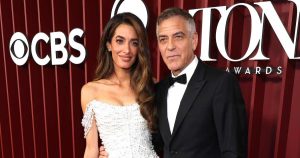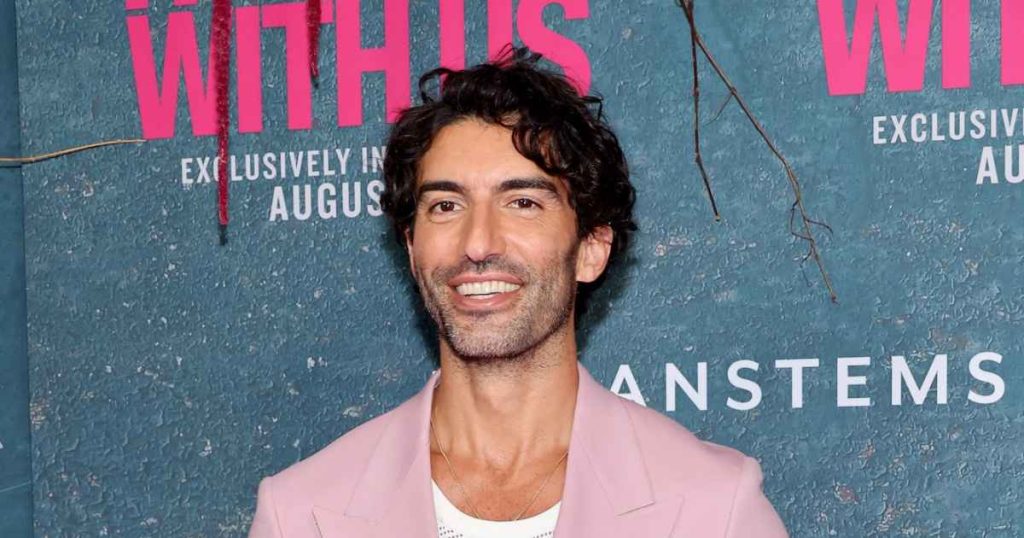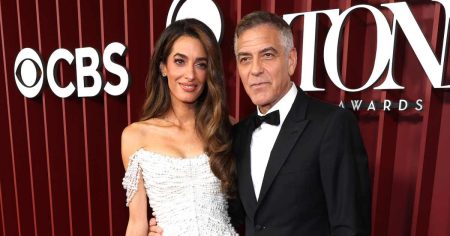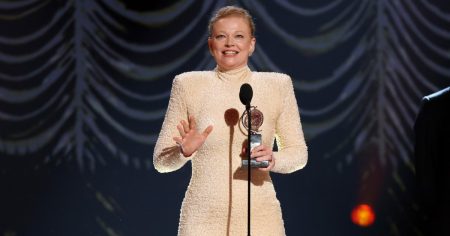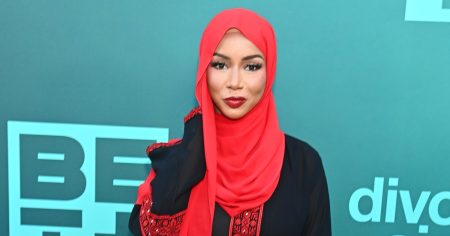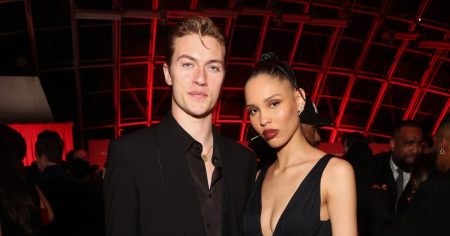The entertainment industry is currently embroiled in a complex legal battle between actor and director Justin Baldoni and actress Blake Lively, stemming from their collaboration on the film “It Ends With Us.” The central dispute revolves around allegations of sexual harassment and a hostile work environment, with both parties filing lawsuits against each other and related entities. Baldoni’s lawsuit targets The New York Times for its coverage of Lively’s initial complaint, while Lively’s lawsuit directly addresses the alleged misconduct. Complicating matters further is the involvement of Baldoni’s former talent agency, WME, and Lively’s husband, actor Ryan Reynolds, adding layers of intrigue and conflicting narratives.
The timeline of events begins with Lively filing a complaint with the California Civil Rights Department, accusing Baldoni of sexual harassment and creating a hostile work environment on the set of “It Ends With Us.” Shortly after, WME dropped Baldoni as a client. Baldoni subsequently filed a lawsuit against The New York Times, alleging that the newspaper’s coverage of Lively’s complaint was defamatory and that Reynolds had pressured WME to drop him. WME has denied these allegations, stating that Reynolds played no role in their decision. Lively has also filed a lawsuit against Baldoni, echoing the claims made in her initial complaint.
Baldoni’s lawsuit against The New York Times centers on the newspaper’s article about Lively’s complaint, which he claims presented a false and damaging narrative. He alleges that the article led to significant harm to his reputation and career. Additionally, Baldoni’s lawsuit alleges that Lively deliberately marginalized him during the film’s production and marketing, including attempting to exclude him from the premiere. He claims that Lively’s actions were part of a larger effort to undermine his role and control the narrative surrounding the film.
Lively’s lawsuit against Baldoni, filed in the Southern District of New York, reiterates the allegations of sexual harassment, retaliation, and creating a hostile work environment. Her suit also includes claims of breach of contract, infliction of emotional distress, invasion of privacy, and lost wages. Lively maintains that her actions were justified responses to Baldoni’s alleged misconduct. Her legal team has emphasized that the lawsuit reinforces the claims made in her initial complaint to the California Civil Rights Department, dismissing Baldoni’s accusations as baseless attempts to deflect from his own wrongdoing.
The involvement of WME and Ryan Reynolds adds a further dimension to the legal battle. Baldoni’s claim that Reynolds pressured WME to drop him as a client has been vehemently denied by the agency. WME insists that their decision was independent of any external influence. This element of the dispute raises questions about the potential motivations behind WME’s decision and the extent to which external factors played a role.
The ongoing legal proceedings between Baldoni and Lively will likely involve a complex examination of the evidence and testimony from both parties. The outcome of these lawsuits could have significant implications for the careers and reputations of all involved. The case highlights the challenges of navigating allegations of misconduct in the entertainment industry and the potential for legal disputes to become highly publicized and contentious. The conflicting narratives and accusations underscore the difficulty in establishing the truth in such complex situations.


